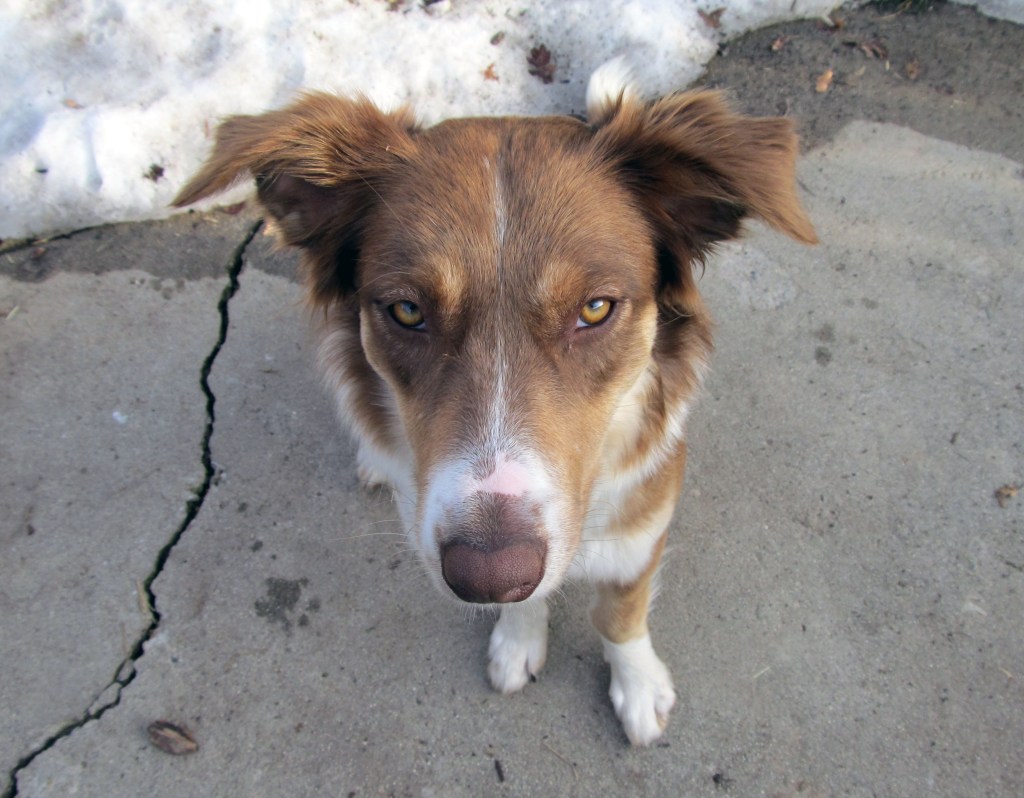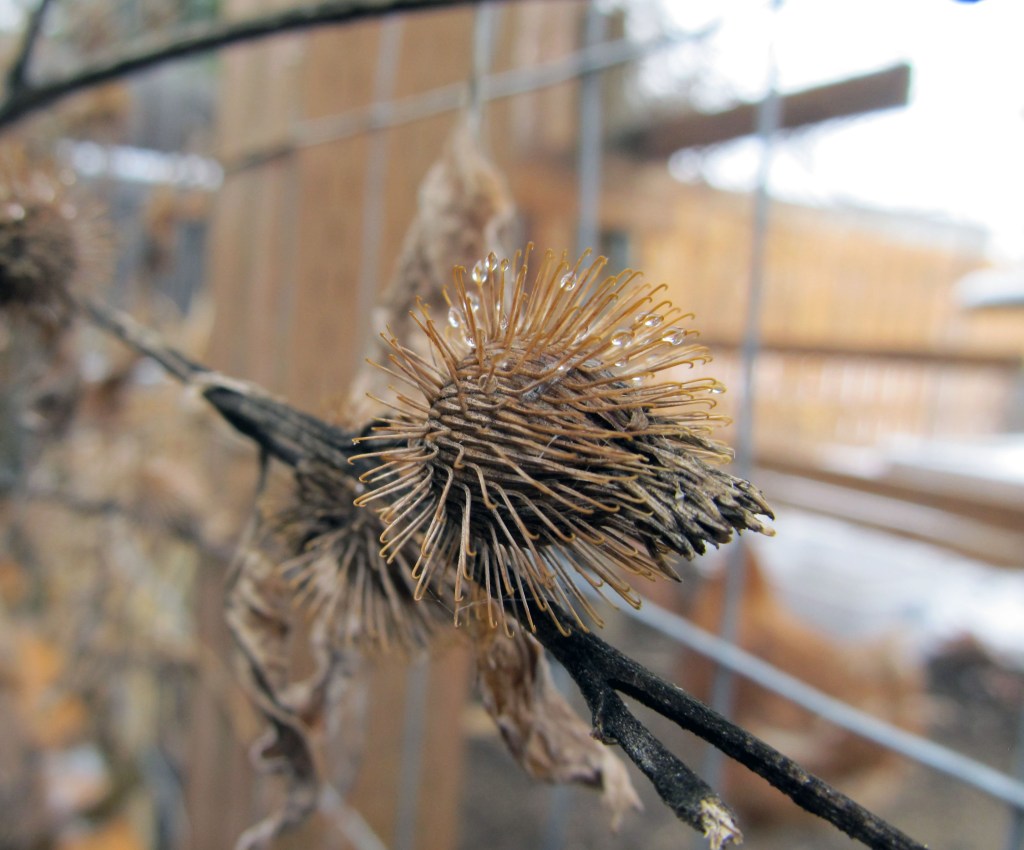Every urban area is bound to have its share of vacant lots. These are sites that for whatever reason have been left undeveloped or were at one point developed but whose structures have since been removed. The maintenance on these lots can vary depending on who has ownership of them. Some are regularly mowed and/or treated with herbicide, while others go untouched for long periods of time. Even when there is some weed management occurring, vacant lots are locations where the urban wild flora dominates. Typically no one is coming in and removing weeds in an effort to cultivate something else, and so weeds run the show.
As with any piece of land populated by a diverse suite of wild plants, vacant lots are dynamic ecosystems, which you can read all about in the book Natural History of Vacant Lots by Matthew Vessel and Herbert Wong. The impact of humans can be seen in pretty much any ecosystem, but there are few places where that impact is more apparent than in a vacant lot. In lots located in bustling urban centers, human activity is constant. As Vessel and Wong write, “numerous ecosystem interactions are affected when humans intervene by spraying herbicides or insecticides, by trampling, by physically altering the area, or by depositing garbage and waste products.” These activities “can abruptly alter the availability and types of small habitats; this will in turn affect animal as well as plant diversity and population dynamics.” The dynamic nature of these sites is a reason why vacant lots are excellent places to familiarize yourself with the wild urban flora.
On our morning walks, Kōura and I have been visiting a small vacant lot on West Kootenai Street. We have watched as early spring weeds have come and gone, summer weeds have sprouted and taken off, perennial weeds have woken up for the year, and grass (much of which appears to have been intentionally planted) has grown tall and then been mowed with some regularity. Someone besides us is looking after this vacant lot, and it’s interesting to see how the plant community is responding. As Vessel and Wong note, “attempts to control weedy plants by mowing, cultivating, or spraying often initiate the beginning of a new cycle of growth.” For plants that are adapted to regular disturbance, measly attempts by humans to keep them in check are only minor setbacks in their path to ultimate dominance.
What follows are a few photos of some of the plants we’ve seen at the vacant lot on Kootenai Street, as well as an inventory of what can be found there. This list is not exhaustive and, as with other Weeds of Boise posts, will continue to be updated as I identify more species at this location.
- Bromus tectorum (cheatgrass)
- Capsella bursa-pastoris (shepherd’s purse)
- Ceratocephala testiculata (bur buttercup)
- Convolvulus arvensis (field bindweed)
- Descurainia sophia (flixweed)
- Draba verna (spring draba)
- Erodium cicutarium (redstem filaree)
- Geum urbanum (wood avens)
- Holosteum umbellatum (jagged chickweed)
- Hordeum murinum (wild barley)
- Lactuca serriola (prickly lettuce)
- Lamium amplexicaule (henbit)
- Lathyrus latifolius (perennial sweet pea)
- Lepidium sp. (whitetop)
- Malva neglecta (dwarf mallow)
- Medicago lupulina (black medic)
- Muscari armeniacum (grape hyacinth)
- Plantago lanceolata (narrowleaf plantain)
- Plantago major (broadleaf plantain)
- Poa bulbosa (bulbous bluegrass)
- Poa pratensis (Kentucky bluegrass)
- Rumex crispus (curly dock)
- Taraxacum officinale (dandelion)
- Tragopogon dubius (salsify)
- Trifolium repens (white clover)
- Veronica sp. (speedwell)
If you live in an urban area, chances are good there is a vacant lot near you. What have you found growing in your neighborhood vacant lot? Feel free to share in the comment section below.














